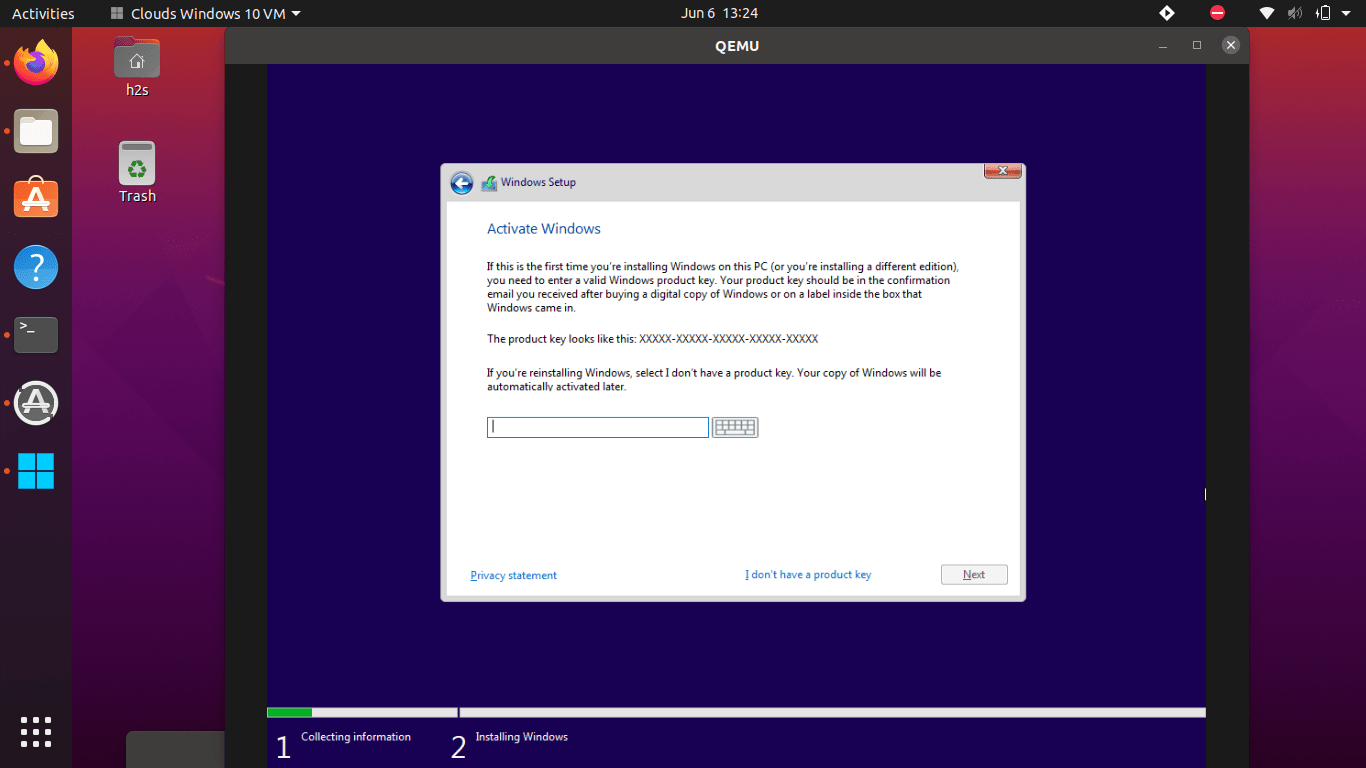

They’re also ideal for removable flash drives, where you don’t want the higher overhead and additional writes of journaling. Instead, only the file metadata, inode, or disk location is recorded in the journal before it’s written to disk.Įvery modern file system supports journaling, and you’ll want to use a file system that supports journaling when setting up a desktop or laptop.įile systems that don’t offer journaling are available for use on high-performance servers and other such systems where the administrator wants to squeeze out extra performance.
LINUX FILE SYSTEMS FOR WINDOWS 8 FULL
The full file isn’t written to the journal. It’s not as much overhead as you might think. Journaling does slow disk write performance down a tiny bit, but it’s well-worth it on a desktop or laptop. This prevents data loss and file corruption. If the power went out partway through writing the file, Linux would check the file system’s journal when it boots up and resume any partially completed jobs. With a journal, your computer would note that it was going to write a certain file to disk in the journal, write that file to disk, and then remove that job from the journal. The file would remain there on disk, corrupt. Without a journal, your computer would have no idea if the file was completely written to disk. Journaling is designed to prevent data corruption from crashes and sudden power loss. Let’s say your system is partway through writing a file to the disk and it suddenly loses power.

One thing you’ll notice when choosing between file systems is that some of them are marked as a “journaling” file system and some aren’t. This is important. This partition must be formatted as “swap” instead of with a particular file system. Linux swaps out memory to the swap space when its RAM is full. It’s similar to the paging file on Windows. If you’re setting up partitions on your main Linux boot drive, you’ll also want to create a swap partition of at least a few GBs in size when setting up those partitions. This partition is used for “swap space”. You’ll want to use exFAT or FAT32 when formatting an external drive on Linux. If you’re formatting an external drive you want to share with other operating systems, you shouldn’t use Ext4 because Windows, macOS, and other devices can’t read Ext4 file systems. Note, though, that this “use Ext4” advice only applies to Linux system partitions and other on-disk partitions only Linux will access. RELATED: What's the Difference Between FAT32, exFAT, and NTFS? The risk of data corruption or other problems isn’t worth the potential improvement in speed. BtrFS is still cutting edge and seeing a lot of development, so you’ll want to avoid it on production systems. In the future, Linux distributions will gradually shift towards BtrFS. It’s not the most cutting-edge file system, but that’s good: It means Ext4 is rock-solid and stable. It’s an improved version of the older Ext3 file system. We’ll get into the weeds and run down the difference between the various file systems in a moment, but if you aren’t sure: Use Ext4.Įxt4 is the default file system on most Linux distributions for a reason. The Quick Answer: Use Ext4 if You’re Not Sure


 0 kommentar(er)
0 kommentar(er)
